When it comes to choosing where to go for a vacation, what we’re going to eat and drink can be a big part of making travel plans.
We love to celebrate the good stuff and lambast the bad.
Of course, it’s subjective according to personal tastes, but this is CNN Travel’s take on some of the best food cultures and destinations around the world.
So, as you dream about where you’ll go next, which top 10 cuisines rule?
10. United States

Many of the popular foods in the USA originate in some other cuisine. The pizza slice is Italian. Fries are Belgianor Dutch. Hamburgers and frankfurters? Likely German. But in the kitchens of the United States, they have been improved and added to – becoming global icons for food lovers everywhere.
And don’t neglect the homegrown American dishes either. There’s the traditional stuff such as clam chowder, key lime pie and Cobb salad.
Yum
Cheeseburger: a perfect example of making good things greater.
Chocolate chip cookie: The world would be a little less habitable without this Americana classic, invented as recently as the 1930s.
Dumb
All overly processed foods such as Twinkies, Hostess cakes and KFC.
9. Mexico

If you were allowed to eat only the food of one country the rest of your life, it would be smart to make it Mexican food. The cuisine has a little bit of everything. You’ll never get bored.
Among the enchiladas and the tacos and the helados and the quesadillas, you’ll find the zestiness of Greek salads and the richness of an Indian curry; the heat of Thai food and the use-your-hands snackiness of tapas.
It is also central station for nutritional superfoods. All that avocado, tomato, lime and garlic with beans and chocolates and chilies to boot, is rich with antioxidants and good healthful things. It doesn’t taste healthy, though. It tastes like a fiesta in your mouth.
Yum
Mole: ancient sauce made of chili peppers, spices, chocolate and magic incantations.
Tacos al pastor: the spit-roast pork taco, a blend of the pre- and post-Colombian.
Tamales: an ancient Mayan food of masa cooked in a leaf wrapping.
Dumb
Tostadas: basically the same as a taco or burrito, but served in a crispy fried tortilla that breaks into pieces as soon as you bite into it. Impossible to eat.
8. Thailand
Street eats are a Thai attraction. Flip through a Thai cook book, and you’ll be hard pressed to find an ingredient list that doesn’t run a page long.
The combination of so many herbs and spices in each dish produces complex flavors that somehow come together like orchestral music. Thais fit spicy, sour, salty, sweet, chewy, crunchy and slippery into one dish.
With influences from China, Malaysia, Indonesia, Myanmar and a royal culinary tradition, Thai cuisine is the best of many worlds. The best part about eating Thai food in Thailand, though, is the hospitality. Sun, beach, service with a smile and a plastic bag full of som tam – that’s the good life.
Yum
Tom yam kung: a rave party for the mouth. The floral notes of lemongrass, the earthy galangal, freshness of kaffir lime leaves and the heat of the chilies.
Massaman curry: a Thai curry with Islamic roots.
Som tam: The popular green papaya salad is sour, extra spicy, sweet and salty. It’s the best of Thai tastes.
Dumb
Pla som: This fermented fish eaten uncooked is popular in parts of northeastern Thailand and reported to be responsible for bile duct cancer.
7. Greece
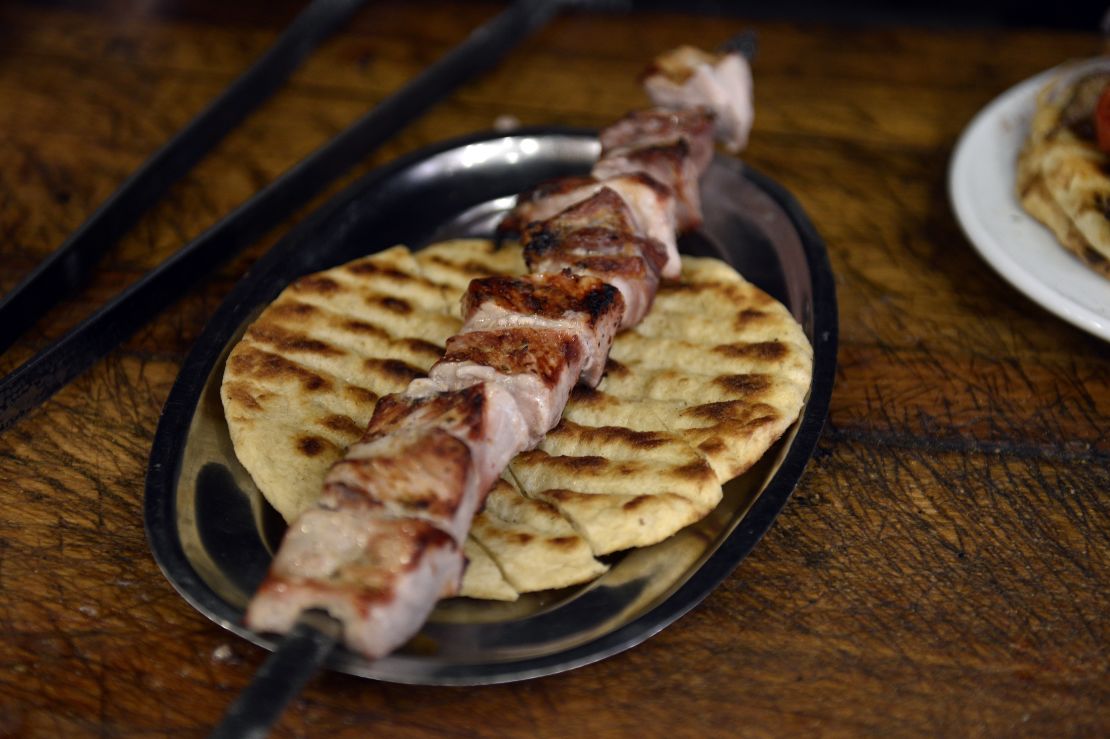
Traveling and eating in Greece feels like a glossy magazine spread come to life, but without the Photoshopping. Like the blue seas and white buildings, the kalamata olives, feta cheese, the colorful salads and roast meats are all postcard perfect by default.
The secret of Greek food? Lashings of glistening olive oil.
Gift of the gods, olive oil is arguably Greece’s greatest export, influencing the way people around the world think about food and nutritional health. Eating in Greece is also a way of consuming history. A bite of dolma or a slurp of lentil soup gives a small taste of life in ancient Greece, when they were invented.
Yum
Olive oil: Drizzled on other food or soaked up by bread, it’s almost as varied as wine in its flavors.
Spanakopita: makes spinach palatable with its feta cheese mixture and flaky pastry cover.
Gyros: Late-night drunk eating wouldn’t be the same without the pita bread sandwich of roast meat and tzatziki.
Dumb
Lachanorizo: basically cabbage and onion cooked to death then mixed with rice. Filling but one-dimensional.
6. India
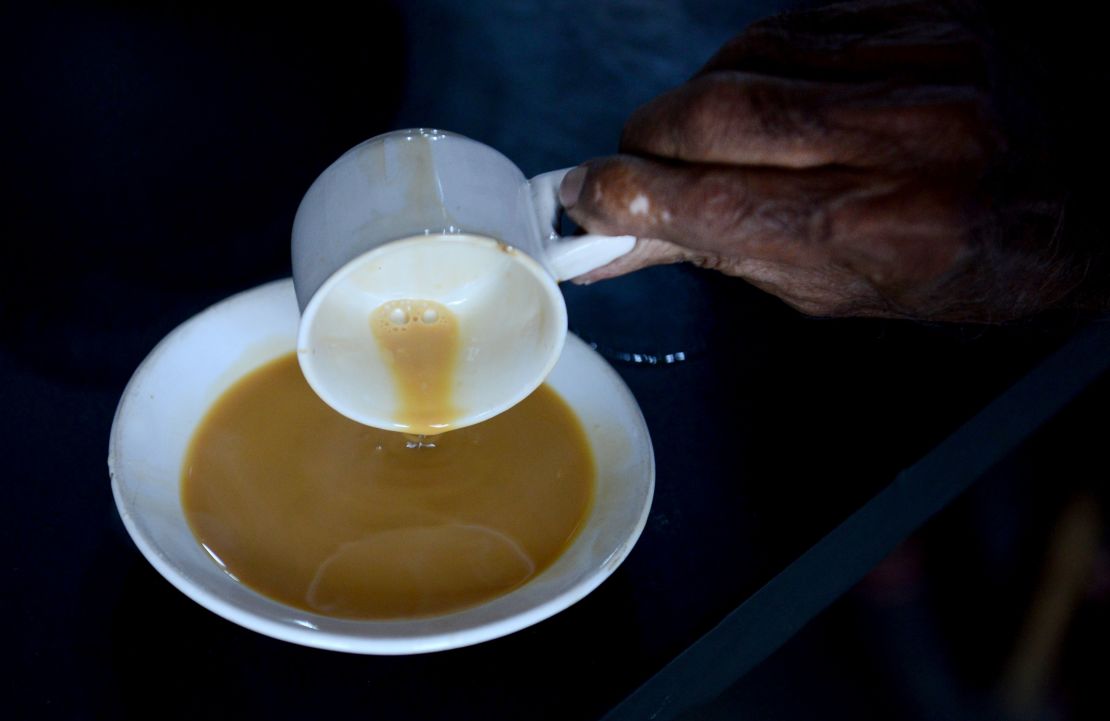
When a cuisine uses spices in such abundance that the meat and vegetables seem like an afterthought, you know you’re dealing with cooks dedicated to flavor.
In Indian cuisine, there are no rules for spice usage as long as it results in something delicious. The same spice can add zest to savory and sweet dishes or can sometimes be eaten on its own. For instance, fennel seed is enjoyed as a breath-freshening digestive aid at the end of meals.
And any country that manages to make vegetarian food taste consistently great certainly deserves some kind of Nobel prize. The regional varieties are vast. There’s Goa’s seafood, the wazwan of Kashmir and the coconut richness of Kerala.
Yum
Dal: India has managed to make boiled lentils exciting.
Dosa: a pancake filled with anything from cheese to spicy vegetables, perfect for lunch or dinner.
Chai: Not everyone likes coffee and not everyone likes plain tea, but it’s hard to resist chai.
Dumb
Balti chicken: An invention for the British palate, it should probably have died out with colonialism.
5. Japan
The Japanese apply the same precision to their food as they do to their engineering. This is the place that spawned tyrannical sushi masters and ramen bullies who make their staff and customers tremble with a glare.
With Japanese food, you can get a lavish multicourse kaiseki meal that presents the seasons in a spread of visual and culinary poetry. Or grab a seat at a revolving sushi conveyor for a solo feast. Or pick up something random and previously unknown in your gastronomic lexicon from the refrigerated shelves of a convenience store. It’s impossible to eat badly in Japan.
Yum
Miso soup: showcases some of the fundamental flavors of Japanese food, simple and wholesome.
Sushi and sashimi: Who knew that raw fish on rice could become so popular?
Tempura: the perfection of deep-frying. Never greasy, the batter is thin and light like a crisp tissue.
Dumb
Fugu: Is anything really that delicious that it’s worth risking your life to eat? The poisonous blowfish is potentially lethal.
4. Spain
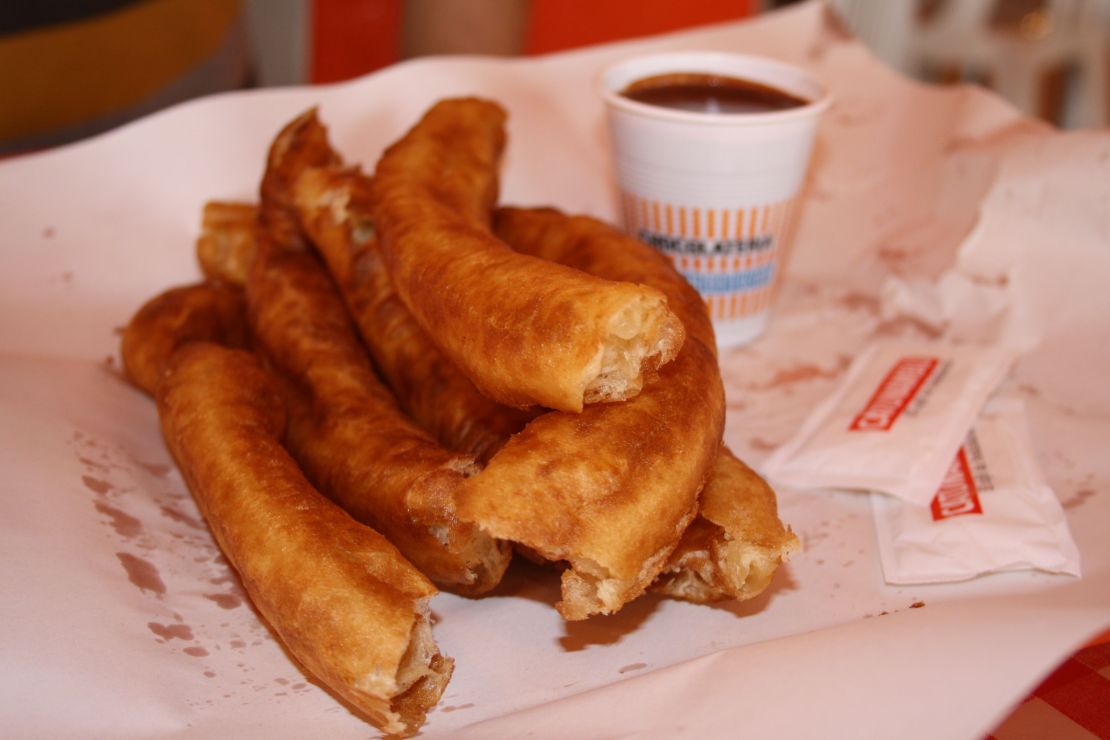
Let’s eat and drink then sleep. Then work for two hours. Then eat and drink again.
Viva España, that country whose hedonistic food culture we all secretly wish was our own. All that bar-hopping and tapas-eating, the 9 p.m. dinners, the endless porron challenges – this is a culture based on, around and sometimes even inside food.
Spanish cuisine is made with the same unbridled passion you find in the flamenco dance. The people munch on snacks throughout the day with intervals of big meals. From the fruits of the Mediterranean Sea to the spoils of the Pyrenees, from the saffron and cumin notes of the Moors to the insane molecular experiments of Ferran Adria, Spanish food is timeless yet avant garde.
Yum
Jamon Iberico: a whole cured ham hock usually carved by clamping it down in a wooden stand like some medieval ritual.
Churros: the world’s best version of sweet fried dough.
Dumb
Gazpacho: It’s refreshing and all, but it’s basically liquid salad.
3. France

If you’re one of those people who doesn’t like to eat because “there’s more to life than food,” then visit Paris. It’s a city notorious for its curmudgeonly denizens, but they all believe in the importance of good food. Two-hour lunch breaks for three-course meals are de rigeur.
Entire two-week vacations are centered on exploring combinations of wines and cheeses around the country. Down-to-earth cooking will surprise those who thought of the French as the world’s food snobs – it is the birthplace of the Michelin Guide, after all.
French foods such as cassoulet, pot au feu and steak frites are revelatory when had in the right bistros.
Yum
Escargot: Credit the French for turning slimy, garden-dwelling pests into a delicacy. Massive respect for making them taste amazing, too.
Macarons: Like unicorn food. In fact anything from a patisserie in France seems to have been conjured out of sugar, fairy dust and the dinner wishes of little girls.
Baguette: the first and last thing that you’ll want to eat in France. The first bite is transformational; the last will be full of longing.
Dumb
Foie gras: It tastes like 10,000 ducks roasted in butter then reduced to a velvet pudding, but some animal advocates decry the cruelty of force-feeding fowl to fatten their livers.
2. China
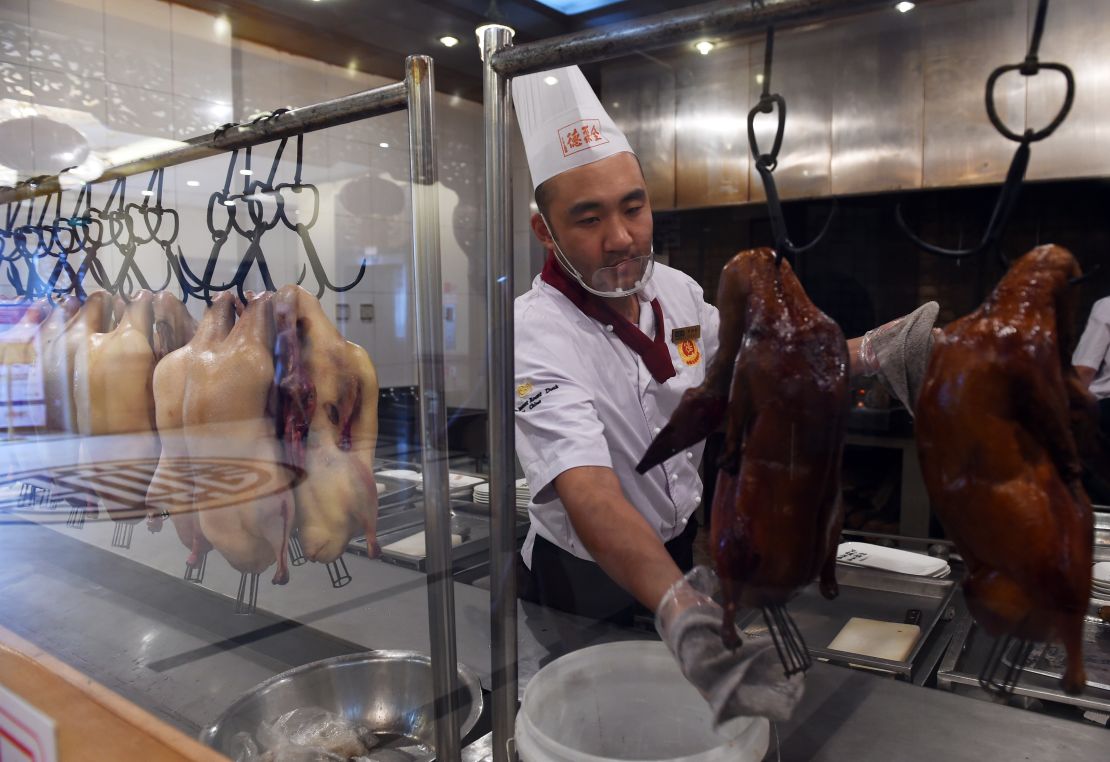
The people who greet each other with “Have you eaten yet?” are arguably the most food-obsessed in the world. Food has been a form of escapism for the Chinese throughout its tumultuous history.
The Chinese entrepreneurial spirit and appreciation for the finer points of frugality result in one of the bravest tribes of eaters in the world. But the Chinese don’t just cook and sell anything, they also make it taste great.
China is the place to go to get food shock a dozen times a day. “You can eat that?” will become the intrepid food traveler’s daily refrain.
China’s regional cuisines are so varied it’s hard to believe they’re from the same nation. It’s not a food culture you can easily summarize except to say you’ll invariably want seconds.
Yum
Sweet and sour pork: a guilty pleasure that has taken on different forms.
Dim sum: a grand tradition from Hong Kong to New York.
Roast suckling pig and Peking duck: wonders of different styles of ovens adopted by Chinese chefs.
Xiaolongbao: incredible soup-filled surprises. How do they get that dumpling skin to hold all that hot broth?
Dumb
Shark’s fin soup: Green campaigners have been pushing for Chinese restaurants and markets to stop serving the dish in recent years.
1. Italy
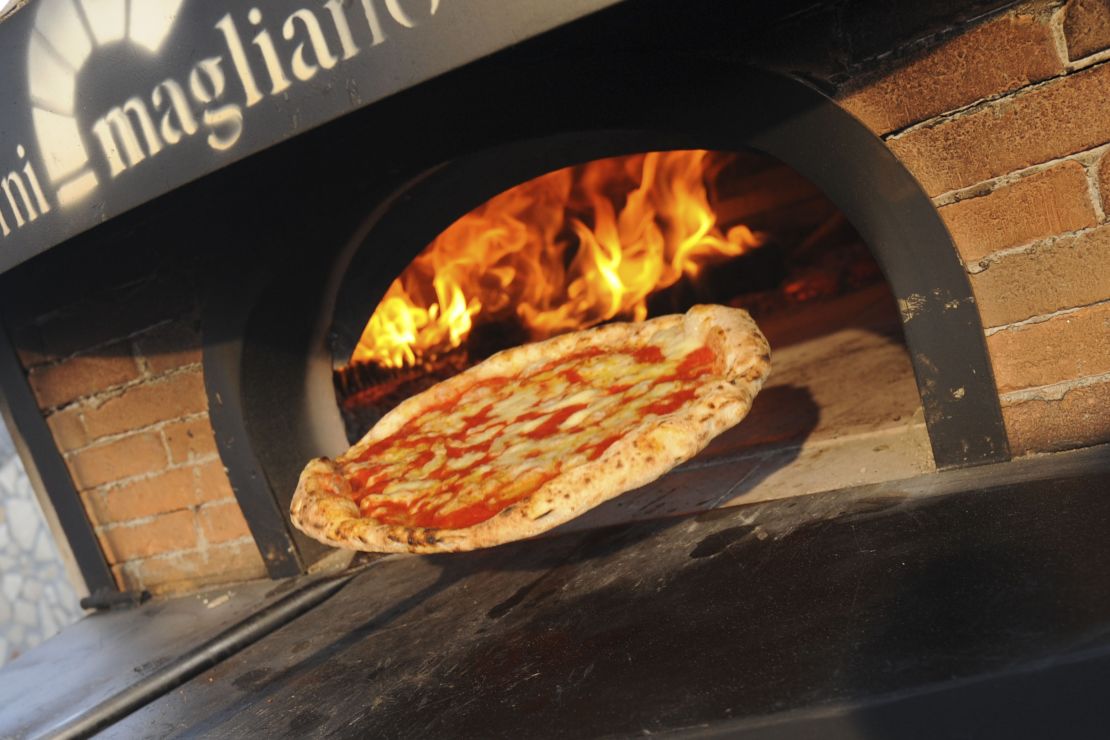
Italian food has captivated taste buds around the world for centuries, with its zesty tomato sauces, those clever things they do with wheat flour and desserts that are basically vehicles for cream.
It’s all so simple. Get some noodles, get some olive oil, get some garlic, maybe a tomato or a slice of bacon. Bam! You have a party on a plate. And it is all so easy to cook and eat.
From the cheesy risottos to the crisp fried meats, Italian cuisine is a compendium of crowd-pleasing comfort food. Many people have welcomed it into their homes, especially novice cooks. Therein lies the real genius – Italian food has become everyman’s food.
Yum
Ragu alla bolognese (spaghetti bolognaise): the world’s go-to “can’t decide what to have” food.
Pizza: mind-bogglingly simple yet satisfying dish. Staple diet of bachelors and college students.
Italian-style salami: second only to cigarettes as a source of addiction.
Coffee: Cappuccino is for breakfast? Forget it. We want it all day and all night.
Dumb
Buffalo mozzarella: those balls of spongy, off-white, subtly flavored cheeses of water buffalo milk. The flavor’s so subtle you have to imagine it.
Editor’s note: This article was previously published in 2013. It was reformatted and republished in 2017 and updated since then, most recently in May 2023.





